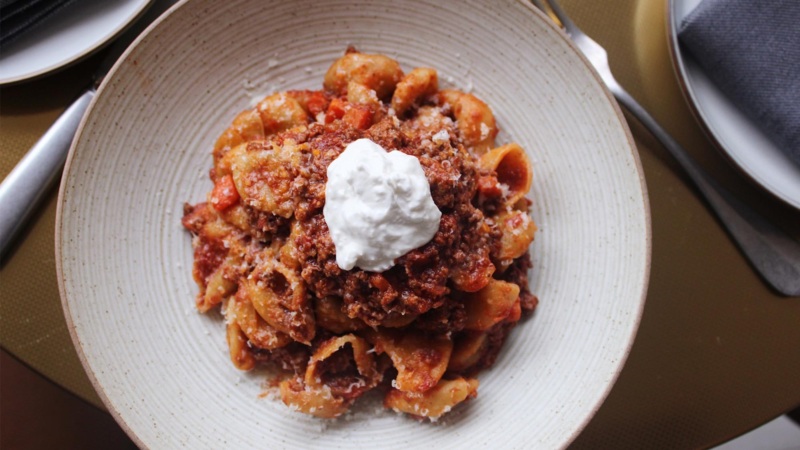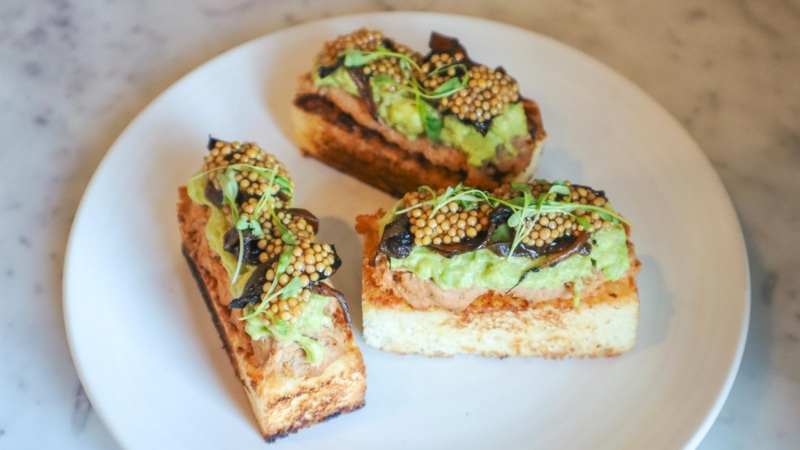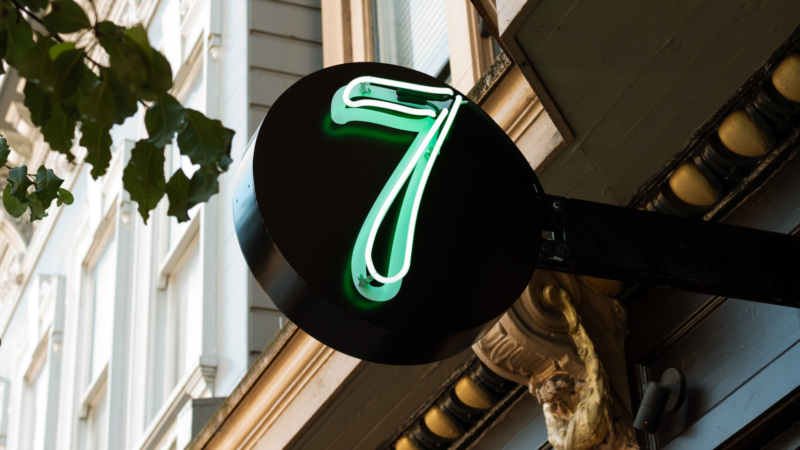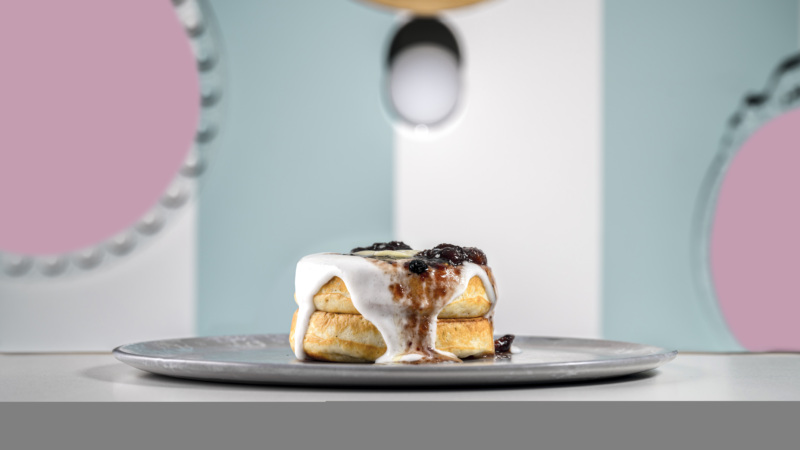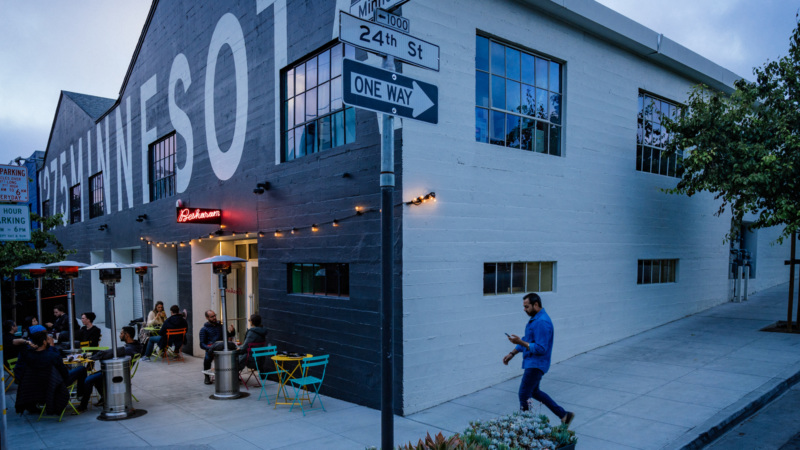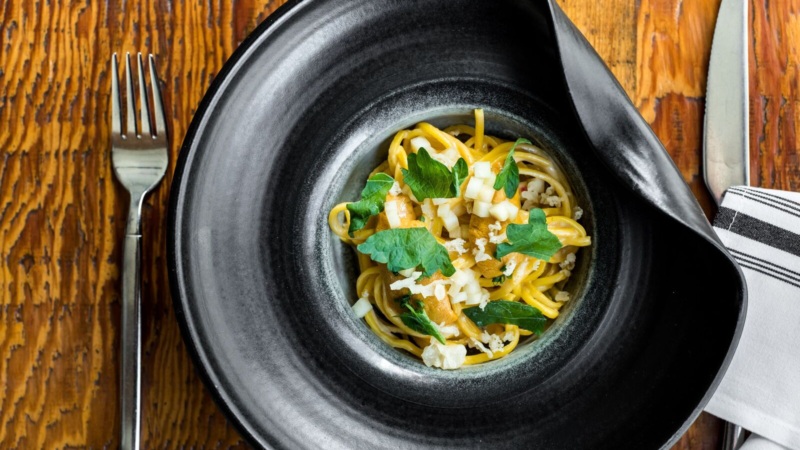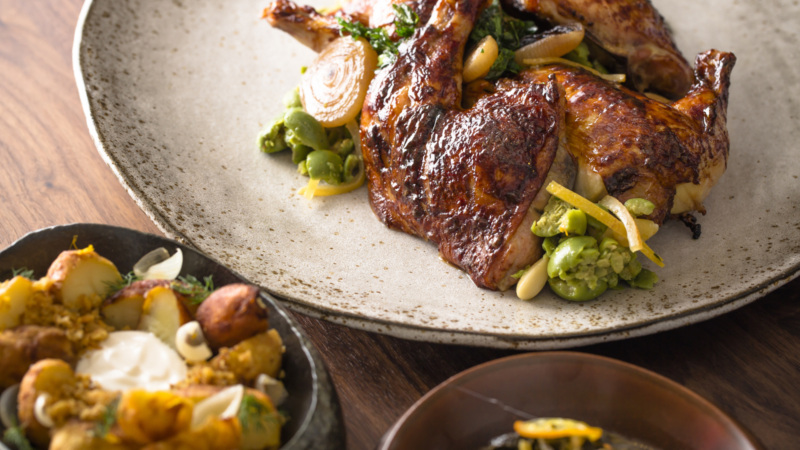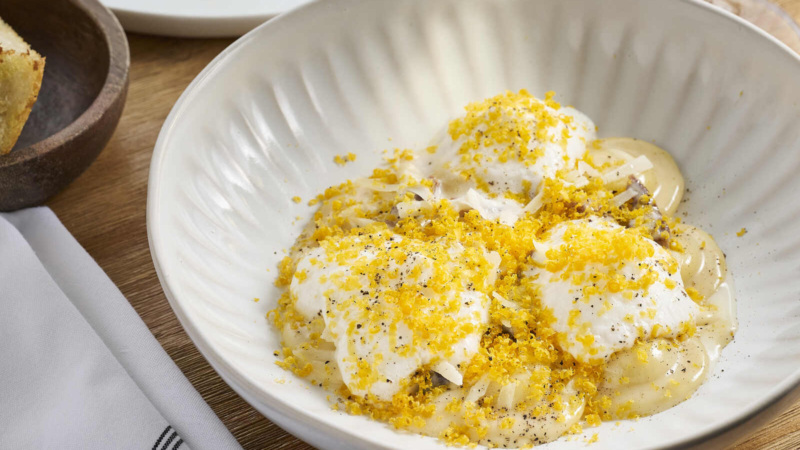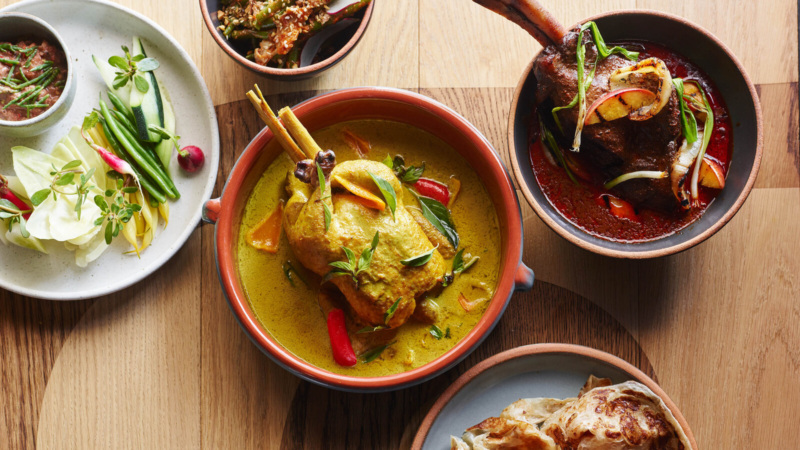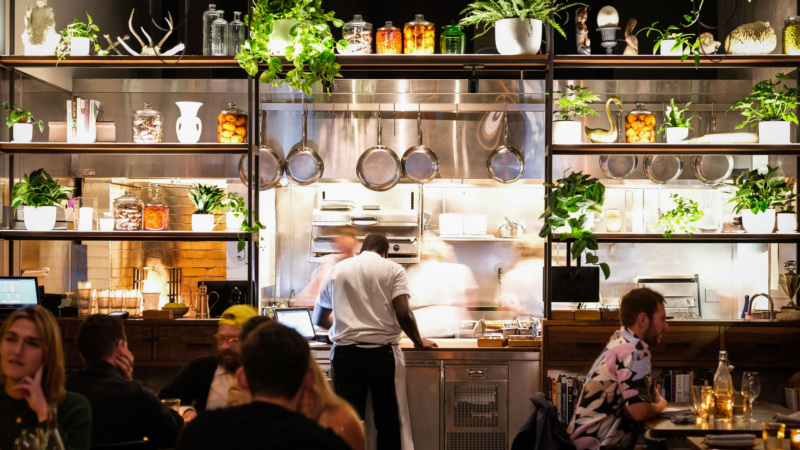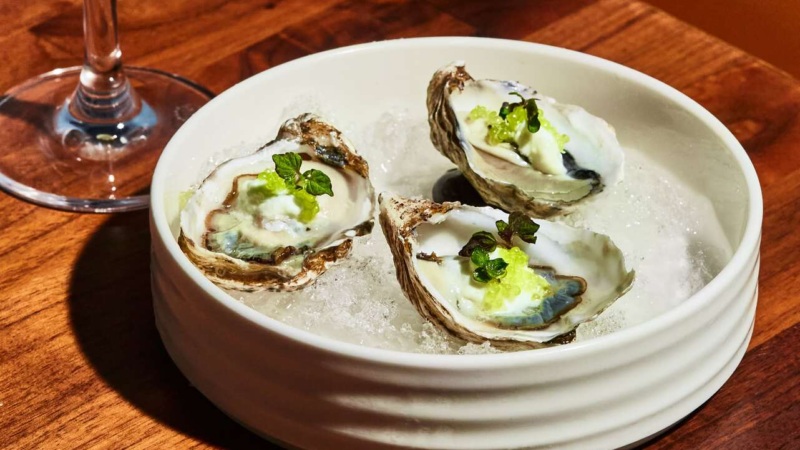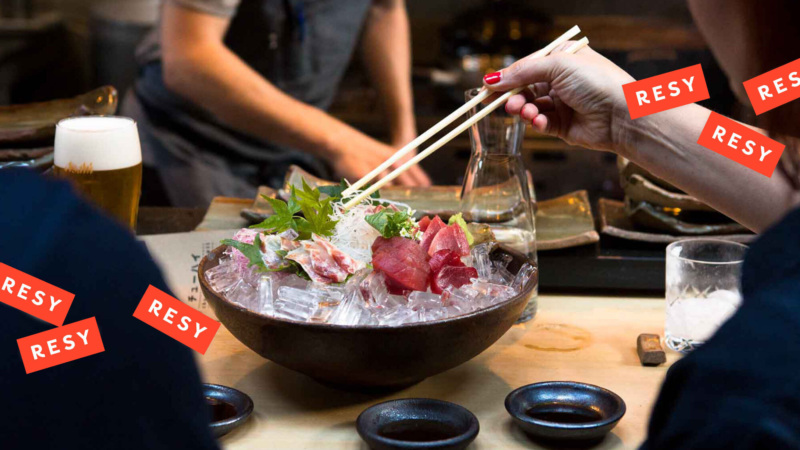
Heirloom Cafe Is a San Francisco Wine Gem. Here Are Five Wines to Try There
Quickly passing by, one might mistake Heirloom Cafe for someone’s home. The charming restaurant is housed in a remodeled Victorian on a cozy corner of 21st and Folsom in the Mission. Opened in 2010 by Matt Straus (who bears the titles of chef, founder, and wine director), the menu focuses on seasonal, ingredient-driven California-French fare, featuring dishes like asparagus soup with tarragon and creme fraiche, super smokey bacon and onion tarts, and crispy duck confit salads.
But beyond the good food and the dim, candlelit dinner party ambiance, the thing that draws so many to Heirloom is its extensive wine list, which features wines that appeal to both wine novices and the nerdiest oenophile you may know. It’s a place where you can sip on a glass or linger over a bottle or three, cellar-diving deep into the night with the ones you love.
These days, with Straus wearing many hats, much of the day-to-day wine operations are run by Stephen Hallenbeck, who has been at the restaurant since its opening 12 years ago. We sat down with Stephen to learn about his current five favorite wines that he’d recommend at Heirloom right now.
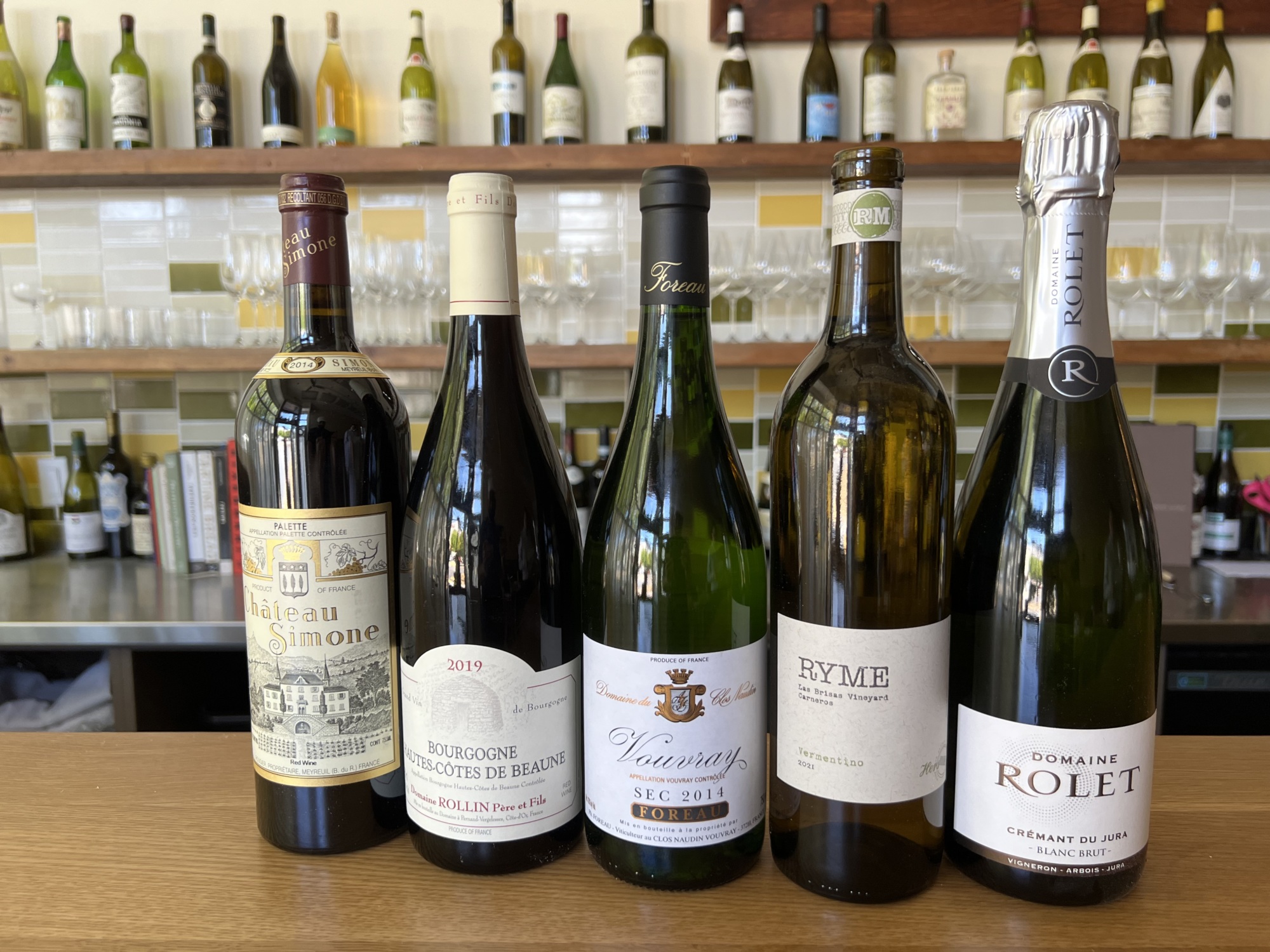

1. NV Rolet Crémant du Jura ($15/$60)
Stephen Hallenbeck: I first came into contact with Rolet wines about 10 or 12 years ago because I fell in love with Vin Jaune and I was able to get my hands on some bottles of Rolet Vin Jaune from the late 90s and early 2000s. Rolet’s Crémant du Jura always over-delivers and is a great budget-friendly glass of bubbles. Rarely do you find a bottle of bubbles at this price that is well-balanced, has a nice mouthfeel, and works as both an aperitif, or with the main course of the meal.
Domaine Rolet was founded in 1942 and is located in the Jura, a region in France east of Burgundy, near the French border with Switzerland. Rolet is the largest family-run operation in the Jura and is converting to fully organic farming practices. They have a traditional style of winemaking. Their Crémant du Jura is aged for 24 months on the lees in stainless steel.
This wine is composed of Chardonnay (57%), Savagnin, Plousard and Pinot Noir. The average vine age is 20 years. This wine is aged for 24 months in stainless steel and utilizes the méthode champenoise. This wine is non-vintage, so the winemaker, Cédric Ducoté, uses a blend from multiple vintages to create a consistent ‘house-style’ for this wine. With this wine, you get an excellent mix of notes of yeast, flowers and stone fruit.
One gets aromas of stone fruit, pear, brioche toasty thing going on — flowers and yeast. The bubbles are fairly small and give a pleasant mouth-feel. Sparkling wines such as this pair well with so many dishes. It would go great with roasted asparagus or a stone fruit salad with some ricotta cheese, black pepper and basil. It would also be delicious with something a bit heavier, like a seared salmon or trout.
2. 2021 Ryme Cellars Vermentino ‘Hers’ ‘Las Brisas Vineyard’ ($15/$60)
SH: This bottle completely surprised me. Here is a bottle of Vermentino from Carneros, of all places, that is light and crisp, with excellent minerality and brightness. There’s a ton of vivacity to it. I could have been fooled into thinking I was tasting a Vermentino from Italy. It is only 11.5% alcohol, even though the vineyard is located in one of the warmer climates in Sonoma. I had heard of Ryme Cellars before, but I really just tasted this wine for the first time in early April, and knew it was something I wanted to put on our by the glass list.
Ryan and Megan Glaab started Ryme Cellars in 2007. Between the two of them, they have worked at Pax Wine Cellars, Peay Vineyards, Sine Qua Non and Marcassin. They got their start seeking out vineyards with little-known Italian grapes like this Vermentino. They source grapes from vineyards using organic or sustainable practices. Their goal is to produce wines that illustrate the nuances of the grape and the terroir in which it is grown.
This is the ‘Hers’ bottling of Vermentino from Ryme Cellars and offers a bright, clean version of this grape as exemplified along the Ligurian coast. The grapes are whole cluster pressed and fermented in a combination of neutral barrels and stainless steel. People are saying good things about the 2021 vintage in Carneros. It certainly wasn’t a “cool” vintage, but August brought a little bit of relief from the very high mid-day temperatures. I think this wine has great character and is able to maintain its fresh, bright characteristics while maintaining its sense of place.
This wine is very floral on the nose with lemon peel on the palate and a great hit of wet stone and salt. I would pair this with light seafood dishes, tinned fish or a bright green salad.
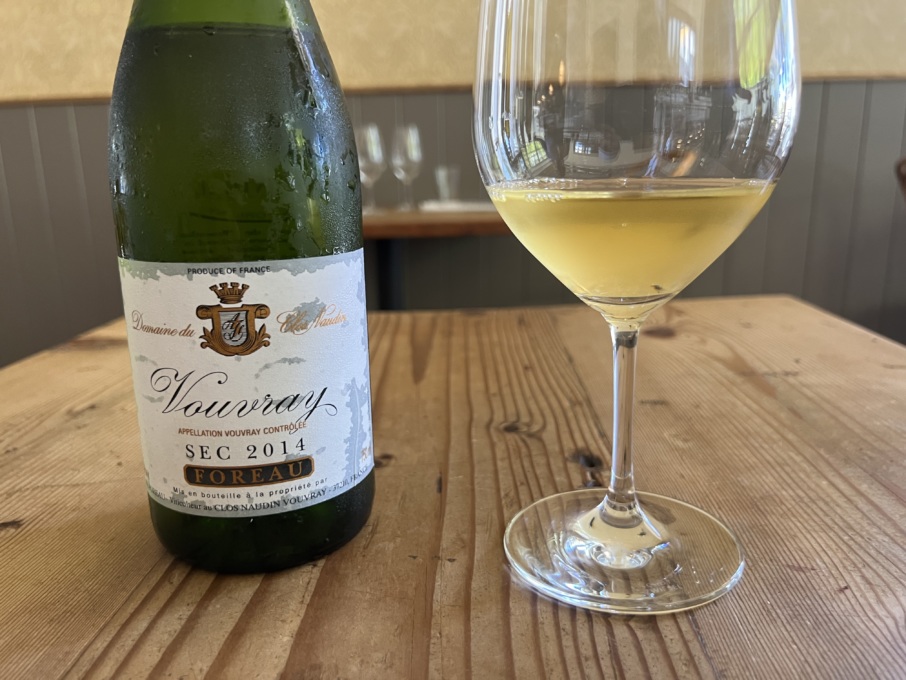
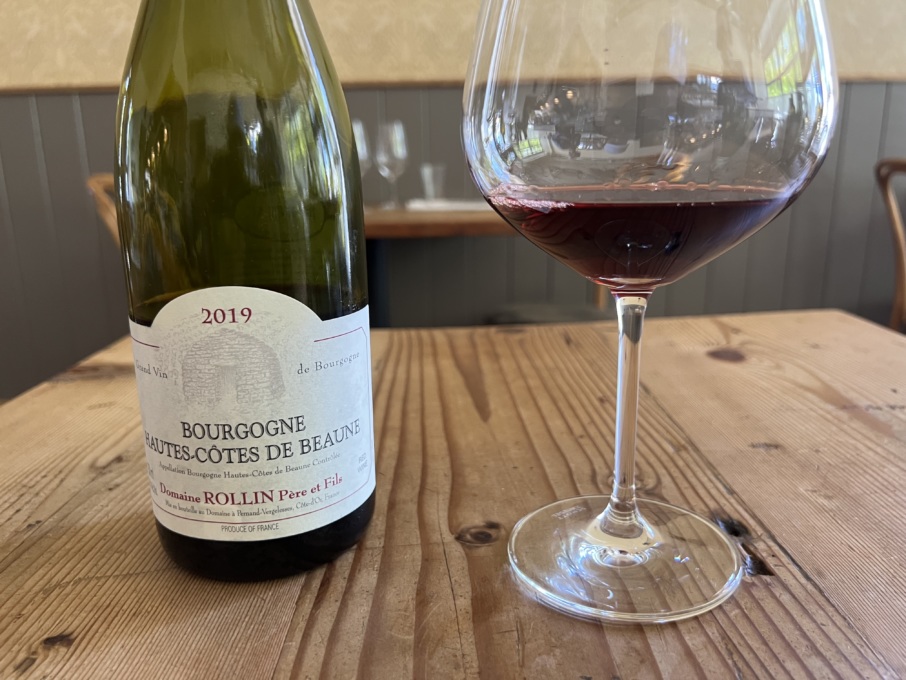
3. 2014 Philippe Foreau ‘Domaine du Clos Naudin’ Vouvray Sec ($86)
SH: This is a terrific example of one of my favorite grapes (Chenin Blanc) from one of my favorite producers (Philippe Foreau). Also, 2014 was an excellent vintage and this wine is in a really fun place at the moment.
I have been working with Foreau’s wines since I started working at Heirloom Café when we opened in 2010. These are some of Matt’s favorite wines and I have been fortunate enough to taste Foreau’s wines from vintages as far back as 1989.
The Foreau family purchased the domaine in 1923 and has produced Vouvray ever since. Philippe produces wines that are precise and crisp with excellent depth and focus. His wines always have excellent acidity, which allows them to age very gracefully. He also produces a wide range of wines utilizing the Chenin Blanc grape from sparkling Vouvray Brut to the Moelleux wines, which are sweet, almost dessert wines.
This wine is from Vouvray, which is in the eastern part of the Loire Valley. This is a Sec wine, which means it is dry, as opposed to Foreau’s ‘Demi Sec’ and Moelleux offerings, which are not dry and have some residual sugar in them. The average vine age is 45 years old. The vineyard is farmed organically and all the harvest takes place manually. After fermentation the wine spends 6 months in primarily neutral oak barrels (5% new). These wines possess an incredible sense of place.
This wine is now eight years old and one starts to get notes of baked golden apples, nuts and a hint of oxidation on the edges — you get a sense of an apple cider thing starting to happen but it’s not overpowering. It’s there aromatically. However, there is still a lot of primary fruit up front on the pallet. One could definitely drink this on its own, but it really shines with food. Pair it with a mushroom tart or a duck confit with succotash — the lingering acid helps cut through the richness.
4. 2019 Rollin Bourgogne ‘Hautes Côtes de Beaune’ ($21/84)
SH: Simon Rollin is one of our favorite winemakers in the Côte de Beaune region in Burgundy. His wines are always made with great finesse and elegance. This is always an exciting wine, one of the first bottles I open from each vintage. It has an exuberance to it with beautiful floral and red fruit aromas.
Again, this is a producer I have been working with for eight or nine years. Year in and year out, Simon Rollin produces consistent wines of a very high quality. He does this while also producing Burgundy wine that is still affordable.
Domaine Rollin is situated in Pernand Vergelesses. This village is located at the northern end of the Côte de Beaune region. The Rollin family started making and bottling wines from the family holdings in 1955, though they owned some vineyards prior to this time. Their style is to do what they can to get out of the way of the wine. All grapes are harvested manually and hand-sorted before they are pressed. Lots of neutral oak is used with only a small amount of new oak being used when at all.
2019 was a warm vintage in Burugndy, as so many of them have been recently. That said, the grapes maintained much of their acidity which has given way to wines have both a robust fruit profile, but excellent structure as well. The average age of these vines is over 45 years old. The wine is aged for 8-10 months in both stainless (50%) and neutral oak barrels (50%).
This wine hits you first with its floral and bright red fruit aromas that give way on the palate to cherries, herbs and a long, mineral driven finish. This is a wine you can drink throughout the meal, it’d pair especially well with the duck confit salad.
5. 2014 Chateau Simone Palette Rouge ($130)
SH: I chose this wine as the last one, because it is always fun to try and find red wines for the summer time that are dark with great depth and yet don’t come across as heavy and cloying.
These vineyards have been in the Rougier family for over two centuries with many of their vines being over 100 years old. The Château is located just south of Aix-en-Provence in Southern France. They too, have a very traditional style that produces a wine that greatly benefit from some age.
2014 was a rather cool vintage in this area, which has given rise to a wine with great elegance and depth of flavor. This wine is a field blend of primarily Grenache (45%) and Mourvèdre (30%), but also contains Cinsault, Syrah, Manosquin, Castet, Carignan, Cabernet Sauvignon and Muscat Noir. The average vine age is 50 years old, but as I said, many of the vines are over 100 years old at this point. The wine is aged for one year in foudre (a larger wooden barrel), which allows it to soften the wine without adding lots of oak; and 1 year in neutral barrel
This wine has a dark, aromatic profile with notes of dark fruit such as plums and black berries, herbs, pine and a savory, almost iron-like quality. You got a little bit of pine; it’s big but light. That said, the wine is only 13.5%, so it has great levity, solid tannins and nice acidity. This wine would pair great with a bavette steak and a summer corn succotash.
















